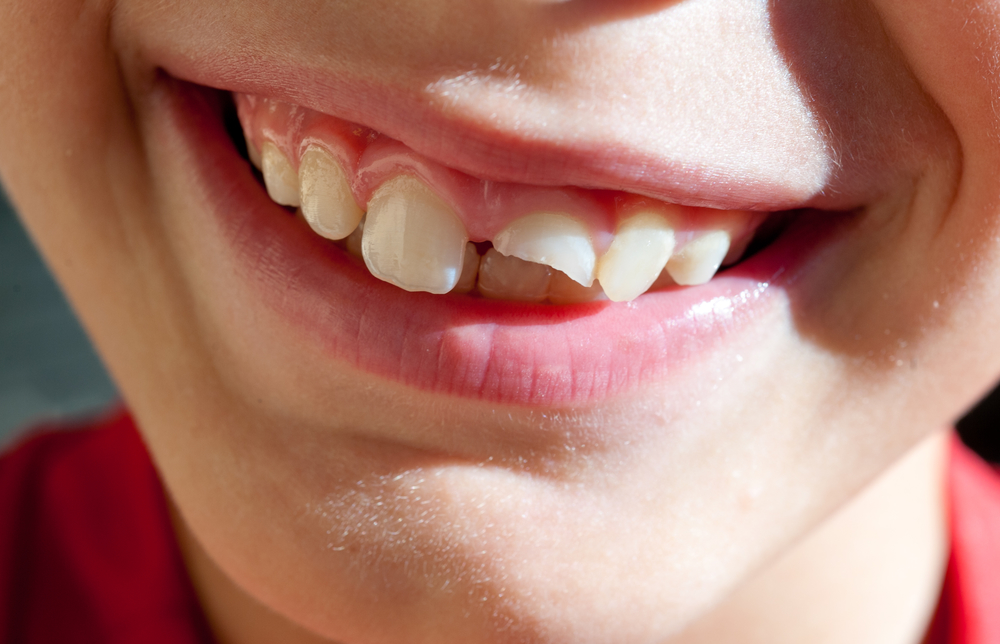Caring for Your 4 Types of Teeth
Did you know that each tooth in your mouth has a unique shape and a specific job? Recognizing their individual roles (and vulnerabilities) can help you improve your oral care...

Accidents happen, especially when it comes to young kids. From messing around to playing sports, a knocked-out tooth can happen to anyone at any age. For adults, missing teeth can be effectively replaced through the use of a dental implant, but the same cannot be said for children.
Is your child old enough for a dental implant? And if not, what alternatives do you have?
For adults, dental implants are the best way to replace a missing permanent tooth; however, they aren’t the recommended option for children and teens. A dental implant can only be placed in patients whose jaw has finished growing. If an implant were to be placed in a young patient, it may impede jaw growth and prevent other teeth from coming in naturally. Because dental implants are placed directly into the bone, they lack a functioning periodontal ligament which makes them unable to move as easily as natural teeth do.
The minimal age for dental implants are:
The recommended age is different for each gender due to the bone growth in females typically being complete before bone growth in males. At this age, the jaw has likely reached a point where dental implants aren’t likely to adversely affect future growth.
Dental implants that contain titanium and an artificial crown (typically made of porcelain or metal alloys or both) are unsuitable for children. Most people assume that the titanium or metal alloys in dental implants are the reasoning behind why implants are not recommended for children; however, this is not the case. These materials are safe, sturdy, and will not cause harm to your mouth regardless of age. A child’s jaw is continuously developing as their body grows, meaning dental implants are not an option until the jaw growth has ceased.
Not many children, pre-teens, and teens want to go about life with a missing tooth. Instead of being left with a gap in their smile, they can pursue alternatives while they wait to have a dental implant a few years from now. Here are some of those options:
This removable denture has one or more artificial teeth attached to it as needed. Wearing a partial denture hides the fact that your child is missing a tooth.
Choose from a tooth-supported fixed bridge or a resin-bonded bridge. A fixed bridge requires the teeth adjacent to the gap to be ground down so a crown can be attached to support the bridge. A resin-bonded bridge doesn’t involve this prep work so healthy, adjacent teeth aren’t damaged. These options typically look and function better than a removable denture.
If you were already thinking of getting your child braces when her tooth was knocked out, you can still move forward with your plans. An artificial tooth can be attached to an orthodontic wire to fill the gap left by the avulsed tooth while the braces correct crooked teeth and bite problems.
If your child is younger when she has her accident, it’s likely a baby tooth has been knocked out. A permanent tooth will grow in its place, but to ensure everything remains properly aligned until this happens, you can pursue a space maintainer. Removable and fixed space maintainers are available, depending on your child’s situation and which tooth has been knocked out.
When it comes to tooth replacement in children, there are several excellent alternatives to a dental implant. Dr. Baudean will help you determine what the best alternative is for your child before they are old enough to have a dental implant placed as a permanent solution to their missing tooth. To learn more about your child’s eligibility for implants and feasible alternatives, schedule an appointment with Aubrey Baudean DDS today.